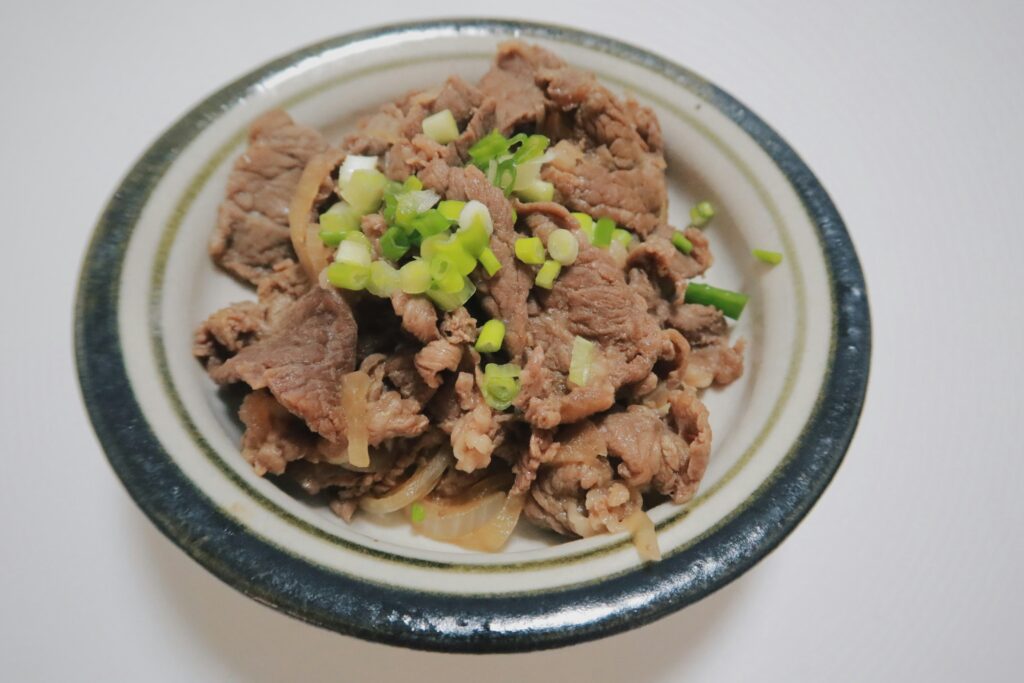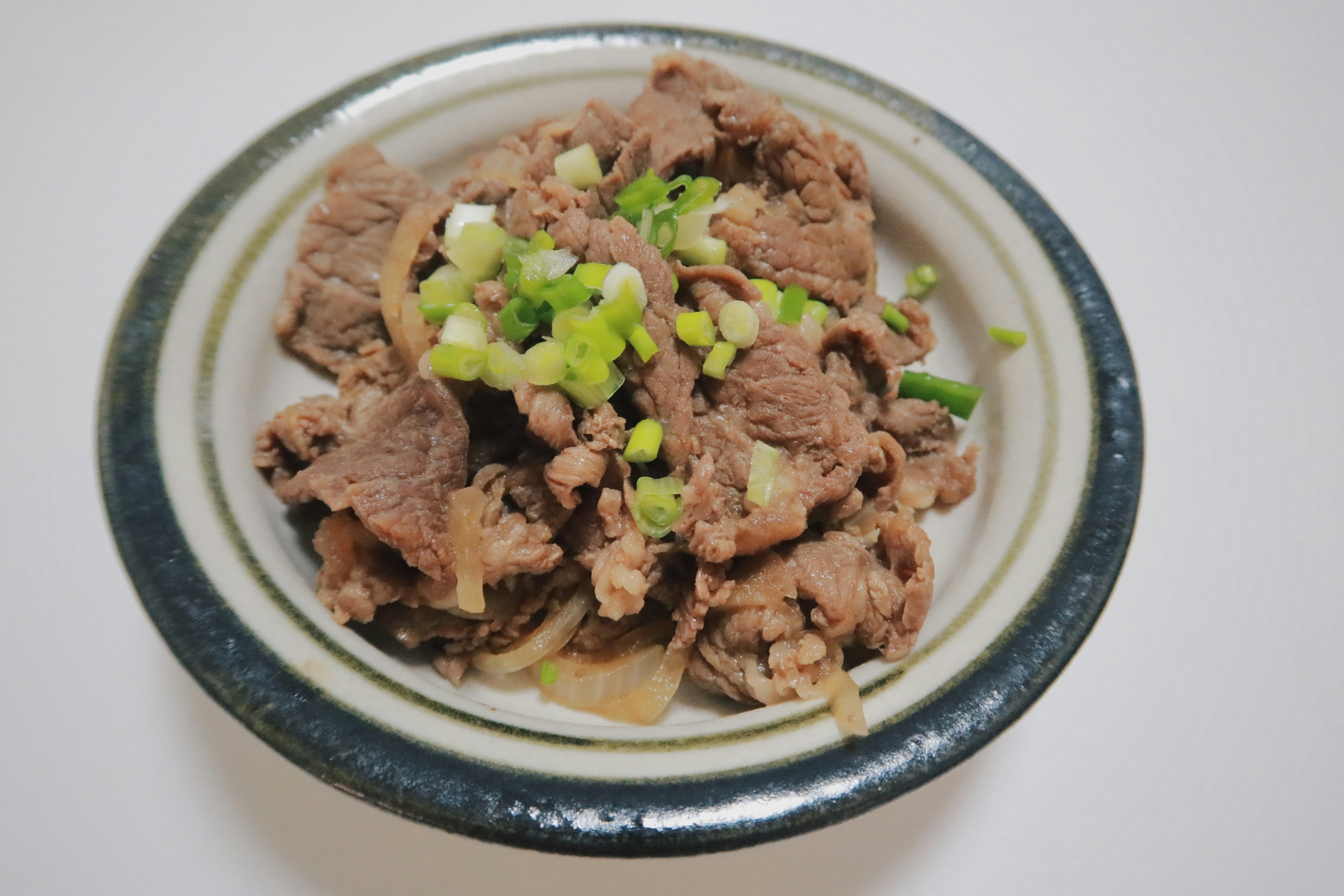
Ingredients for Beef Bulgogi
Beef bulgogi is a quintessential Korean dish, a simple weeknight dinners idea, famed for its tender marinated beef and rich flavors. To prepare an authentic beef bulgogi, it is essential to gather a list of specific ingredients that contribute to the dish’s signature taste. The main ingredient, thinly sliced beef, is typically best sourced from ribeye or sirloin for optimal tenderness and flavor. For about 1 pound of beef, ensure that the slices are uniform and no thicker than ¼ inch, as thinner cuts absorb the marinade more effectively.
The marinade is a crucial component, and the primary ingredients include ¼ cup of soy sauce, which provides savory depth, 2 tablespoons of sugar for a subtle sweetness, and 1 tablespoon of sesame oil that adds a delightful nuttiness. Additionally, incorporating 3-4 cloves of minced garlic and 1 tablespoon of grated ginger significantly enhances the dish’s aromatic profile. For a hint of heat, consider adding a teaspoon of gochugaru (Korean red pepper flakes) or adjusting to personal spice preference.
Green onions, roughly 2 to 3 stalks, should be sliced thinly and can be mixed into the marinade. These not only complement the dish but also serve as a garnish later. Optional vegetables such as julienned carrots, sliced bell peppers, and onions can be added to the marination process, contributing more texture and nutrients to the meal.
For those with dietary restrictions, alternatives such as tamari can replace soy sauce for a gluten-free version, while coconut sugar can be used instead of regular sugar for a refined-sugar-free option. Proper adherence to these ingredient guidelines will ensure a delicious homemade beef bulgogi that captures the essence of this beloved Korean classic.
Preparation Steps
To create an authentic beef bulgogi, begin by selecting the right cut of beef. Flank steak, sirloin, or ribeye are excellent options, as they possess a good balance of flavor and tenderness. Start by slicing the beef into thin strips; this is crucial for achieving the ideal texture. To make slicing easier, it is recommended to partially freeze the meat for about 30 minutes. Using a sharp knife, cut against the grain into uniform slices, ensuring they are no thicker than 1/4 inch.
Next, prepare the marinade, which is vital for infusing the meat with flavor. In a mixing bowl, combine essential ingredients, including soy sauce, sugar, sesame oil, minced garlic, and freshly grated ginger. The soy sauce provides the foundation of umami, while the sugar balances the savory flavors and contributes to caramelization during cooking. Adjust the sugar quantity to your preference; for a sweeter profile, increase the amount. Once mixed, allow the marinade to rest for a few minutes to enhance the flavors.
After preparing the marinade, add the thinly sliced beef to the bowl, ensuring every piece is well-coated. For optimal flavor absorption, it is advisable to marinate the meat for at least 30 minutes, although longer marination times of up to 4 hours are recommended for more robust flavors. If time allows, marinating overnight in the refrigerator will yield the best results, allowing the ingredients to fully penetrate the meat. Adjust the amount of marinade based on personal taste—more marinade will enhance flavor but can also create more liquid during cooking. Ensure to seal the bowl tightly or use a zip-lock bag to prevent any leakage and to keep the beef fresh.
Cooking Instructions
To create an authentic beef bulgogi, one can choose between several cooking methods, including grilling, pan-frying, or using a stovetop skillet. Each method yields delicious results, and your choice may depend on available equipment and personal preference.
Begin by marinating the beef for at least 30 minutes, though several hours can enhance the flavors significantly. An ideal marinade consists of soy sauce, sugar, sesame oil, garlic, and pepper. Once marinated, slice the beef thinly against the grain for tender bites.
If you opt for grilling, preheat your grill to medium-high heat. It is advisable to oil the grates lightly to prevent sticking. Place the marinated beef onto the grill, taking care not to overcrowd the surface. Cook for about 2-3 minutes per side, aiming for a nice char and caramelized finish. Monitor closely to avoid overcooking, as grilled beef should remain tender and juicy.
For pan-frying, heat a tablespoon of vegetable oil in a large skillet over medium heat. Add the beef in batches to ensure proper searing. Cook each batch for approximately 3-5 minutes, stirring occasionally, until the meat is fully cooked and exhibits a golden-brown color. Achieving that signature caramelized finish requires attention to heat levels, so adjust if necessary.
Meanwhile, consider adding vegetables to your bulgogi. Common options include sliced onions, bell peppers, or mushrooms. Add these to the pan during the last few minutes of cooking, allowing them to soften without losing their crunch. Stir-frying them alongside the beef ensures a harmonious blend of flavors.
Regardless of the method selected, ensure the beef reaches the desired doneness level—typically medium-rare to medium is preferred for optimal texture. A meat thermometer can help ascertain the internal temperature, which should ideally be around 130°F to 140°F for medium doneness.
Tips for Best Results
To achieve the most authentic flavor and texture in your beef bulgogi, selecting the right cut of beef is paramount. The ideal choices include ribeye or sirloin, as these cuts are marbled with fat, allowing for tenderness and rich flavor. For those seeking a budget-friendly option, flank steak can also be used, though it may require extra attention during the marinating process to enhance its tenderness.
Maximizing flavor begins with the marinade, which forms the foundation of beef bulgogi. Ensure you allow the beef to marinate for at least 30 minutes, though overnight is preferable for a deeper infusion of flavor. Common marinade ingredients include soy sauce, sugar, sesame oil, garlic, and green onions. To elevate the dish, consider adding grated pear or apple to the marinade, as this will enhance sweetness and tenderize the meat further.
Variations to customize your bulgogi abound. You can incorporate additional vegetables, such as bell peppers, mushrooms, or bok choy, either in the marinade or as a side. Experimenting with these options allows for a unique twist on this traditional dish. When it comes to serving, beef bulgogi is often enjoyed with steamed rice and an array of side dishes known as banchan, which may include kimchi, pickled radishes, and marinated vegetables.
For those with leftovers, proper storage is essential to maintain the quality of your beef bulgogi. Allow the cooked beef to cool completely before transferring it to an airtight container. Refrigerated, the beef can last for up to three days, while freezing is an option for longer-term storage, allowing you to savor your bulgogi at a later date. Enhance your cooking experience by following these tips and don’t hesitate to try your interpretations of this classic dish.

